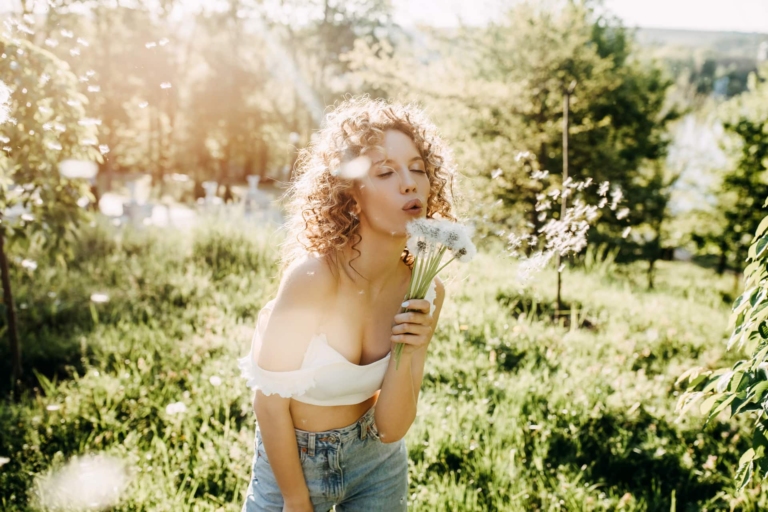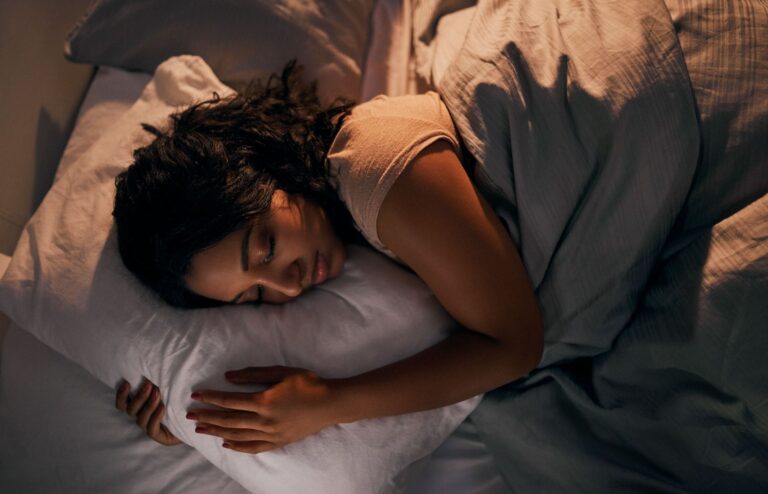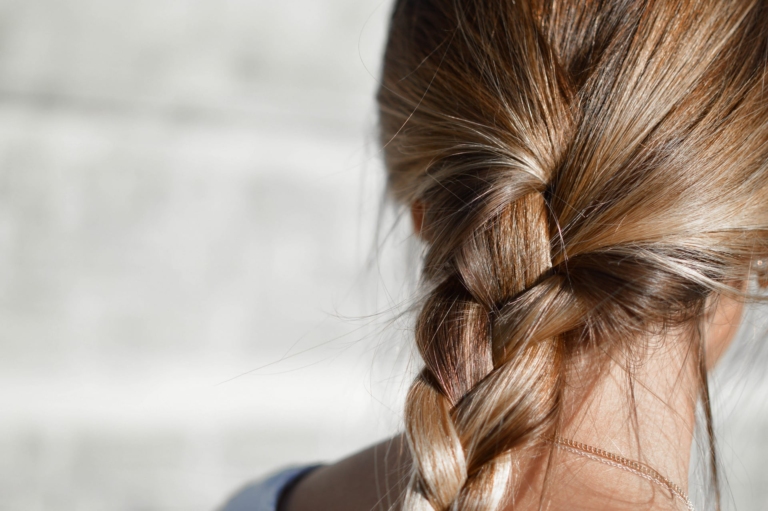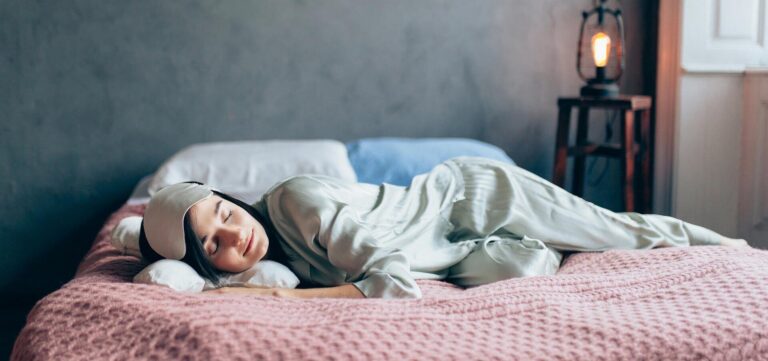Myla Bella Hair Guide
A short hair guide with relative terms for beginners.
Cassia
Colorless henna for hair. Henna is a plant that colors hair.It is listed in cosmetic formulas under the name Lawsonia Inermis extract.
Cellulose peeling
It can be mechanical or chemical. This type of scrub improves circulation and refreshes the scalp, removing impurities, sebum, dead skin and hair. Used regularly, it can visibly strengthen hair follicles, reduce greasiness and eliminate dandruff.
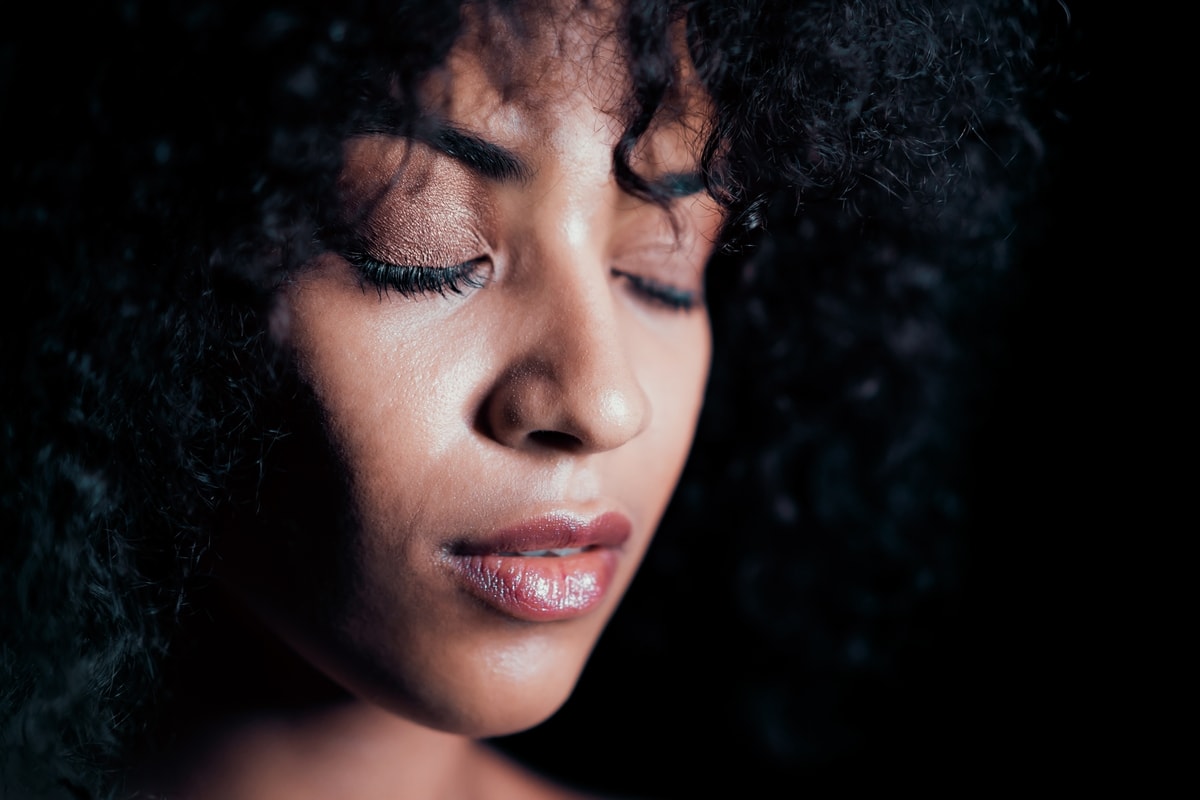
CGM
The Curly Girl method or silicone-free care for curly hair.
Hair clarifier
Procedure that cleans hair of the white mineral deposits present in hard water. This deposit makes hair rough, dull and more susceptible to damage. Minerals are more likely to settle on hair with high porosity, which is characterized by an uneven, rough surface. Hair can be clarified using products containing chelating ingredients such as tetrasodium EDTA or disodium EDTA or, for example, an acid rinse (vinegar, lemon).
Hair conditioning
A treatment consisting of a visual improvement in the condition of the hair through the use of an appropriate conditioner, usually lasting until the next wash. The aim of conditioning is to make hair more manageable, smooth and shine the hair surface, protect against moisture loss and prevent static electricity.
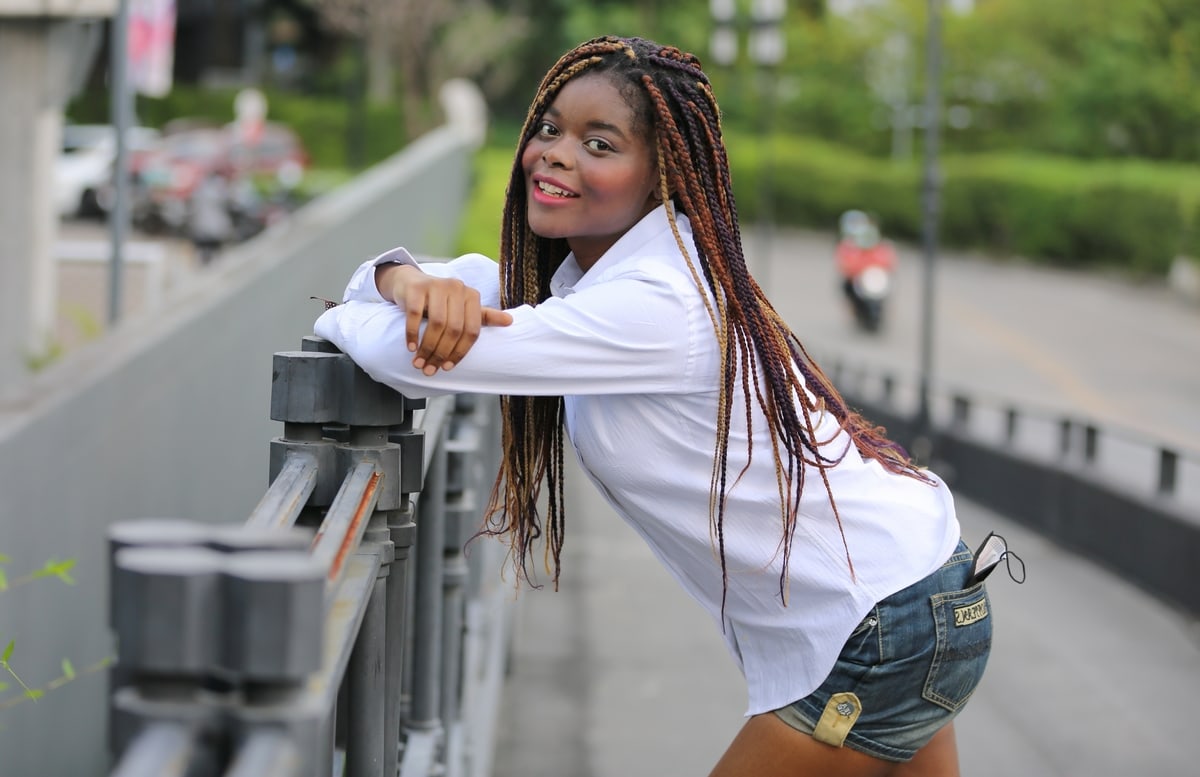
Intermediate cosmetics
Products that can be used to enrich (at the concentration recommended by the manufacturer) ready-to-use hair care products, masks, shampoos, hair rinses. Cosmetic intermediates include glycerine, keratin, elastin, collagen, cosmetic oils and plant extracts.
Hair cream
Similar to hair oiling, this involves rubbing some of the cream into wet or dry hair for a period of time before washing. Hair can also be creamed after washing to make it slightly heavier and more disciplined. In this case, put a little cream in the palms of your hands and rub it into the ends.
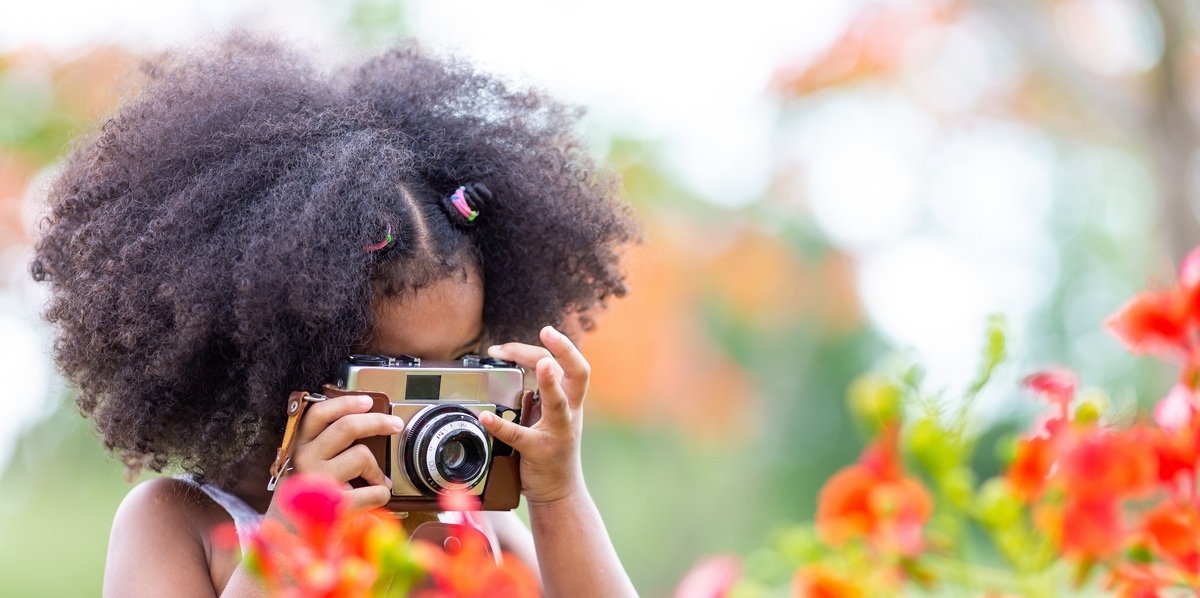
Hair corrosion
This term describes the tightening of hair. The surface of a hair healthy is made up ofscaleswhich is closely glued to each other, they are glued together by a kind of greasy glue. Visit scales protect hair from damage and loss excessive water. The more scales are open and free of greasy substances, the higher the hair’s porosity.
Oiled hair
The result of over-oiling hair, applying too much oil or not washing oiled hair. Over-oiled hair becomes dull, sticky, heavy and looks unwashed. It’s best to clean oil-overloaded hair with a good shampoo.

Diffuser
An accessory for your hair dryer that can be used to add volume and/or curl to your hair. The diffuser is ideal for wavy and curly hair.
D/S
Means “leave-in” (without rinsing).
Emollients
Substances that form an occlusive layer on hair and skin, i.e. a thin, invisible film. This protective layer prevents water evaporation and protects hair from damage. Emollients include natural oils and butters, kerosene, silicones, lanolin, cosmetic kerosene, fatty alcohols and triglycerides.

Emulgator
The process of combining two immiscible substances (e.g. water and oil) by adding an emulsifier, resulting in a stable emulsion. In hair care, the term is most often used in the context of emulsifying oil with conditioner. A conditioner is applied to oil-covered hair to combine with the oil and make it easier to wash.
Henna
A natural colorant obtained from the leaves and stems of the plant called lawsonia inermis (henna) in cosmetic formulations, it is found under the name Inermis Lawsonia Leaf Extract. Along with other plants, it is used for non-permanent hair coloring. This coloring blend of herbs is commonly known as henna.

Humectant
Substances with the ability to bind water and retain moisture, examples of moisturizing intermediates aloe vera leaf extract, glycerin, hyaluronic acid, sodium lactate, urea, sorbitol, propylene glycol, betaine, certain proteins.
Horsehorse
A blend of nettle and horsetail that strengthens growing hair and accelerates its development, while having a positive effect on the skin.
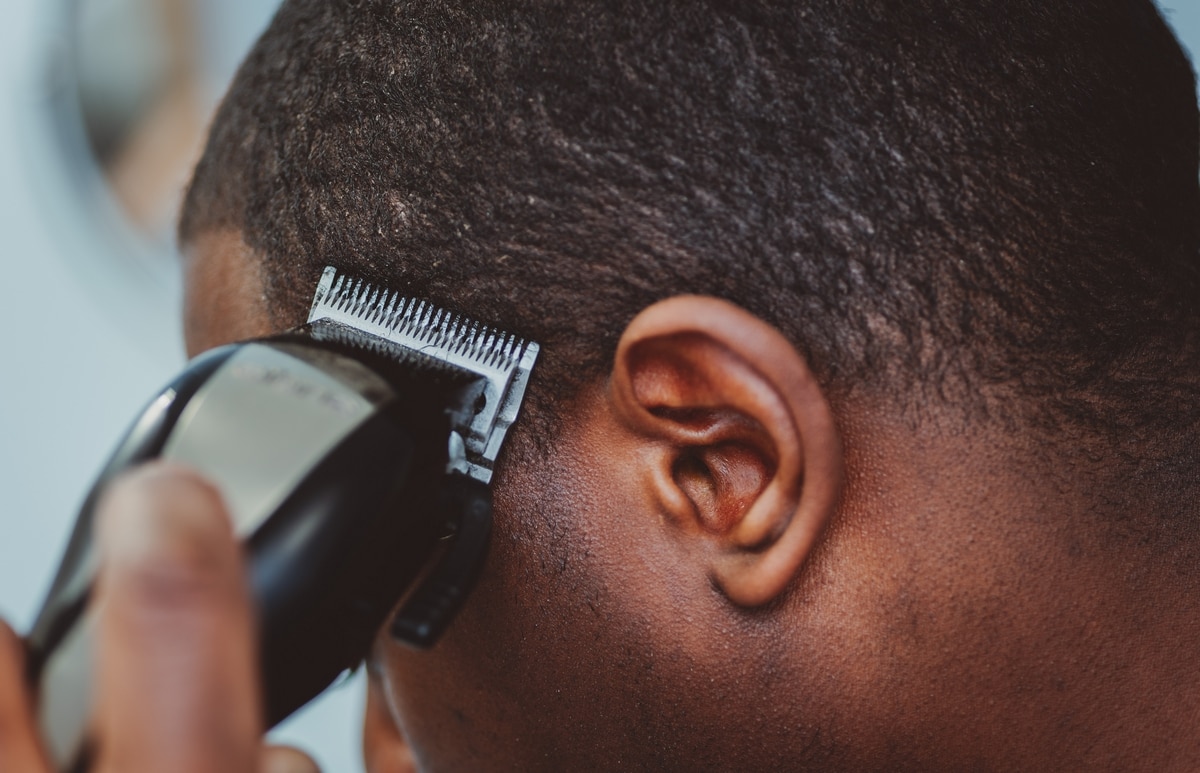
Ionization
The ionization function can be found in virtually all modern styling appliances, hair dryers, straightening irons, ionizing brushes and so on. In short, when the ionization function is activated, the hair is styled. When you switch on the appliance, a special generator creates negative ions, neutralizing the positive charges responsible for static electricity in the hair. The negative ions close the hair cuticles, smooth and shine the hair shaft and eliminate the phenomenon of static electricity.
Hair straightening
A one-off treatment or long-term process to moisturize and lubricate excessively light, dry and dull hair, for example with oiling, an emollient mask, a silicone serum or a few drops of oil rubbed onto the ends. This weighs hair down, tames it and adds color.
Hair lamination with gelatin
Hair conditioning treatment consisting of applying a mixture of 1 tablespoon conditioner and 1 tablespoon gelatin dissolved in 3 tablespoons of warm water to the hair. The gelatin proteins will coat healthy hair with a film, leaving it soft, smooth and shiny. Damaged hair will be dry and stiff after this treatment. Porous hair should be moisturized and lubricated before treatment, and the whole procedure should be carried out very carefully. Gelatin is also found in jellies, which is why it’s popular to laminate hair with jelly.

Bad hair day
A bad hair day is a situation where hair looks bad or won’t fall into place. When it’s a bad day, hair can be: dull, weighted, dry.
Cup method
The shampoo foaming/dilution method Just before use, some of the shampoo is poured into a cup and diluted with pressurized water. Scalp massage is designed to relax muscles and improve circulation, nourishing hair follicles and stimulating hair growth. The more damaged your hair is, the more you need to use a mask. The more damaged the hair, the more emollients, especially oils, the mask should contain. As a general rule, masks have a thicker consistency and more concentrated active ingredients than conditioners.
Hair mask
An enriching mask, conditioners and shampoos with cosmetic or cooking intermediates.
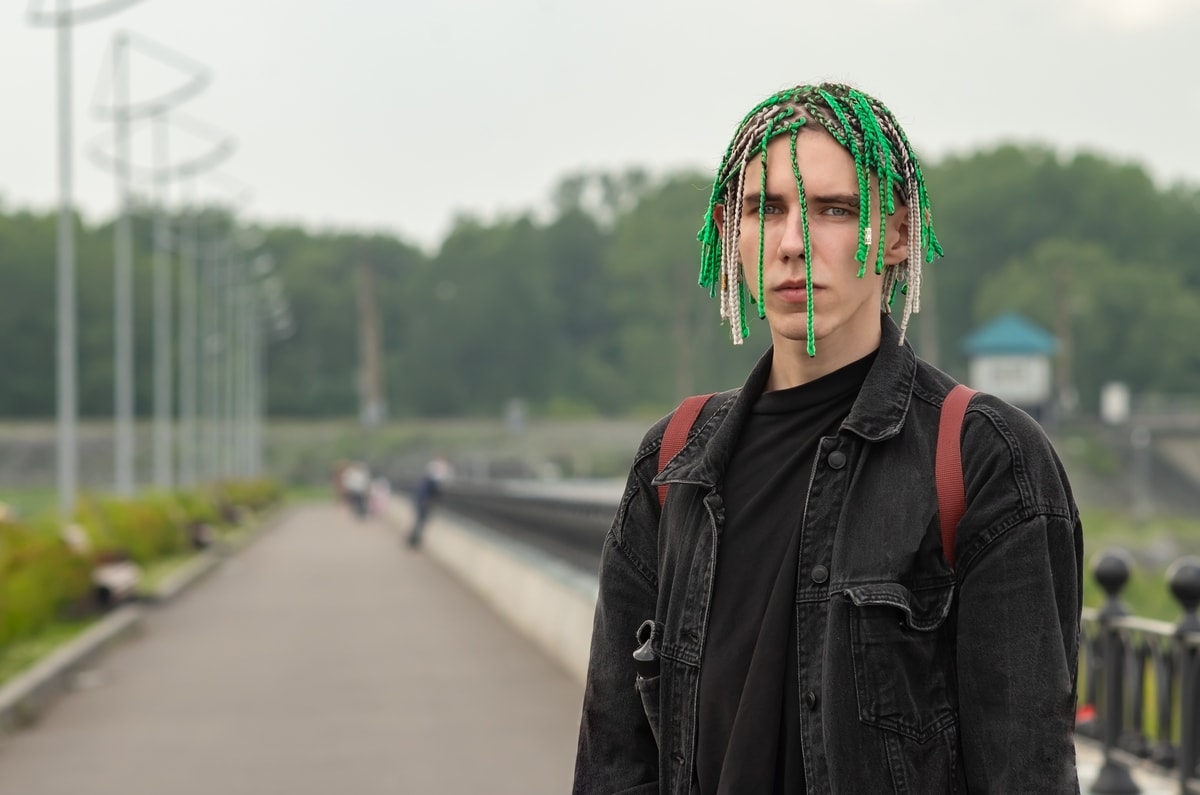
Cleaning hair
The procedure of systematically cleansing the hair of substances that have accumulated during daily washing, regeneration and conditioning. This should be done using a shampoo with a simple cleansing composition. Hair should be cleansed when it needs it, i.e. when it is unruly, weighed down or difficult to style.
- Also read: Myla Bella hair glossary
- Also read: the Myla Bella hair encyclopedia
Conditioner is a leave-in treatment that is applied to the hair in small quantities. It consists of applying a small amount of oil before washing the entire head of hair, or on a selected part of the scalp or ends. In addition to oiling the hair, the scalp can also be oiled. This treatment, combined with massage, stimulates blood circulation, thus oxygenating the hair roots and stimulating hair growth, normalizing the work of the sebaceous glands, etc.
Baby hair
A newly grown hair that generally measures 1 to 4 cm.
PH
A measure of the acidity and alkalinity of solutions. An alkaline pH spreads the hair scales apart, while an acidic pH brings them closer together. The optimum pH for skin and hair is around 4.5 and 5.5.
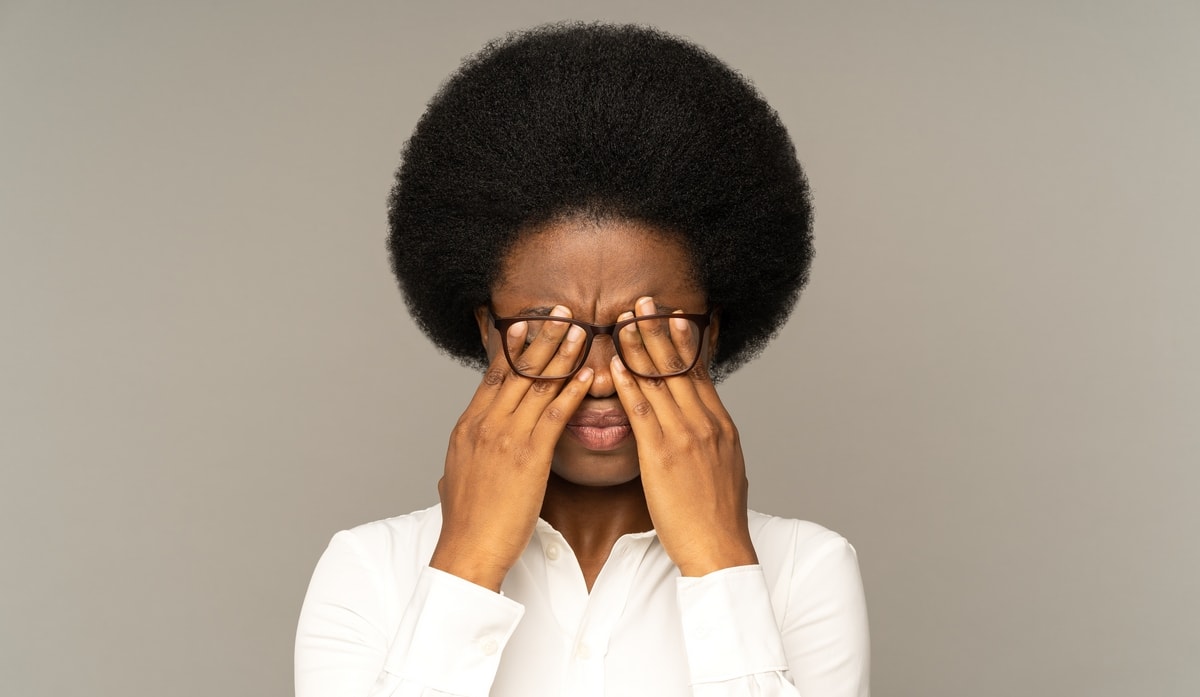
Protection
The treatment involves coating the ends with a silicone serum or a little Myla Bella oil. This gives your hair elasticity and protects it from water loss and damage. The most common way to seal cuticles is to pour fresh water or an acidic rinse (e.g. vinegar or lemon) over the hair. Rinsing makes hair smoother, shinier and stronger.
Plopping or plunking
Also known as towelling the final styling step for curly or wavy hair, resulting in a defined twist and push-up effect. Towelling involves specifically wrapping styled hair in a smooth cotton towel or long-sleeved T-shirt. After about 15-30 minutes, remove the towel and dry hair naturally or with a diffuser dryer.
Protein
Proteins can be divided into simple macromolecular proteins and hydrolyzed low-molecular-weight proteins. In principle, simple proteins deposit on the hair and form a film. Hydrolyzed proteins, on the other hand, are more soluble than simple proteins and penetrate the hair more effectively. Hydrolyzed proteins, unlike straight proteins, are more soluble and penetrate the hair more effectively, which means they are able to fill small gaps in the hair shaft and make hair smoother, softer, stronger and more supple.
It’s important to remember, however, that the ability of proteins to temporarily regenerate hair depends not only on the size of their molecules, but also on the condition of the hair, so they need to be handled with care. In the case of damaged and porous hair, proteins can dry out, stiffen and increase breakage rather than smoothing hair, bringing out curls, moisturizing, regenerating and wrapping hair in a protective film.
Examples of protein intermediates:
- Hydrolyzed keratin
- Hydrolyzed silk
- Hydrolyzed elastin
- Hydrolyzed oats
- Hydrolyzed collagen
- Milk proteins
- L-cysteine amino acid
- Egg yolk
- Gelatin, etc.

Dry skin
The scalp is deprived of its natural hydrolipidic mantle, leading to flaking, tightness, sensitivity and tingling. Strongly degreasing detergents, excess herbs, proteins or acidic pH products, alcohol-based rubs, etc. can dry out the scalp.
Push-up
The effect of hair bouncing back from the roots. Push-up is the effect of hair bouncing back from the roots. When it’s humid, the cuticles open and the hair begins to absorb moisture from its environment. Hair becomes damp and no longer clings to itself. Hair becomes disheveled and loses its shape. Most often, hair with high porosity is frizzy.
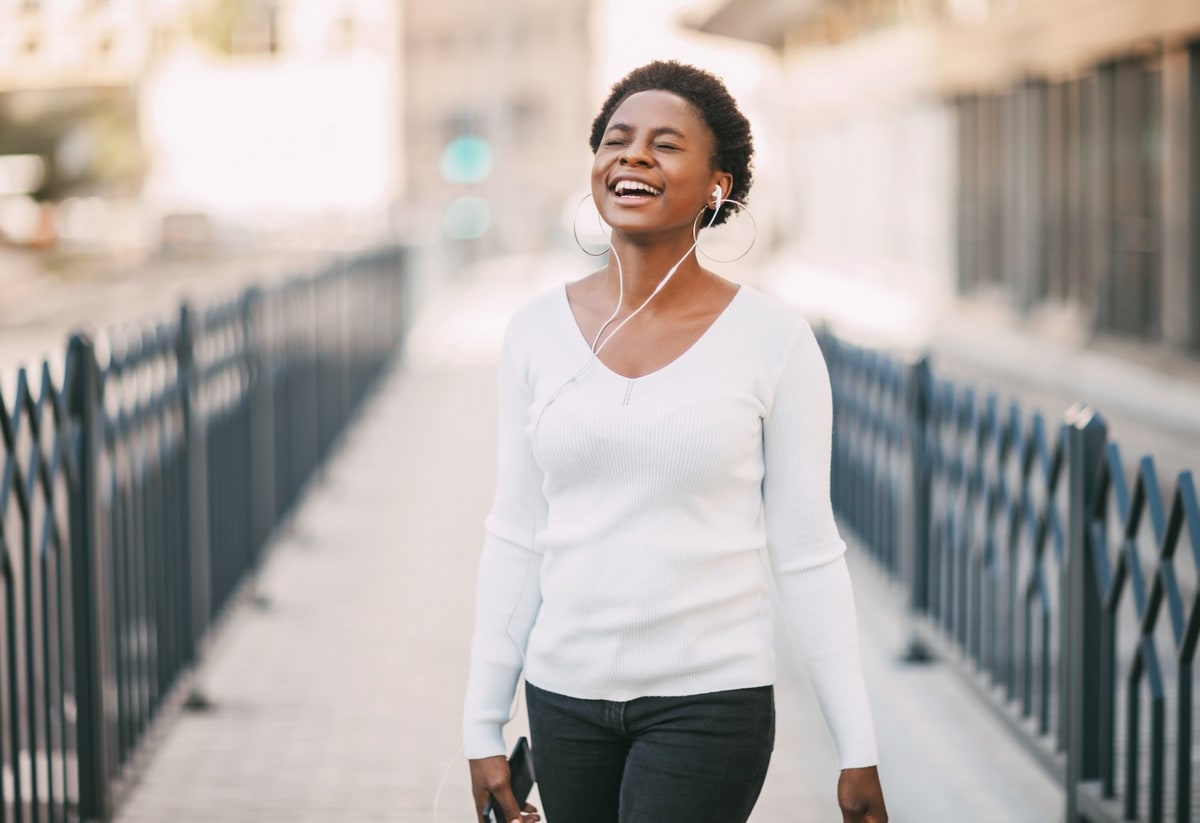
Rinse
A solution that is used immediately after washing the hair, for the final rinse of the hair. The rinse should be fresh and have a slightly acidic pH to bring the hair cuticles closer together. The most popular rinse is the vinegar rinse, but many women also use herbal rinses, boiled water rinses, potato flour rinses or lemon rinses.
Hair regeneration
Long-term process of improving the condition of damaged hair, during which active substances gradually penetrate the hair, filling in small defects in the intercellular cement and keratin fibers. The effects of regeneration are only visible after the systematic use of appropriate products, which increase the hair’s mechanical resistance and improve its level of hydration and lubrication. Conditioning, on the other hand, works only on the hair cuticles, leaving hair smooth, shiny and free from frizz and tangles.
Over-hydration
Over-hydration is the result of incorrect use of moisturizers. Use too many humectants compared to emollients. When it rains, hair will feel wet and frizzy, and when it dries, it will be dry and straight.
High protein
The result of applying too much protein to the hair (either once or after systematic care). This makes hair dry, dull and less elastic, and therefore more vulnerable to damage.
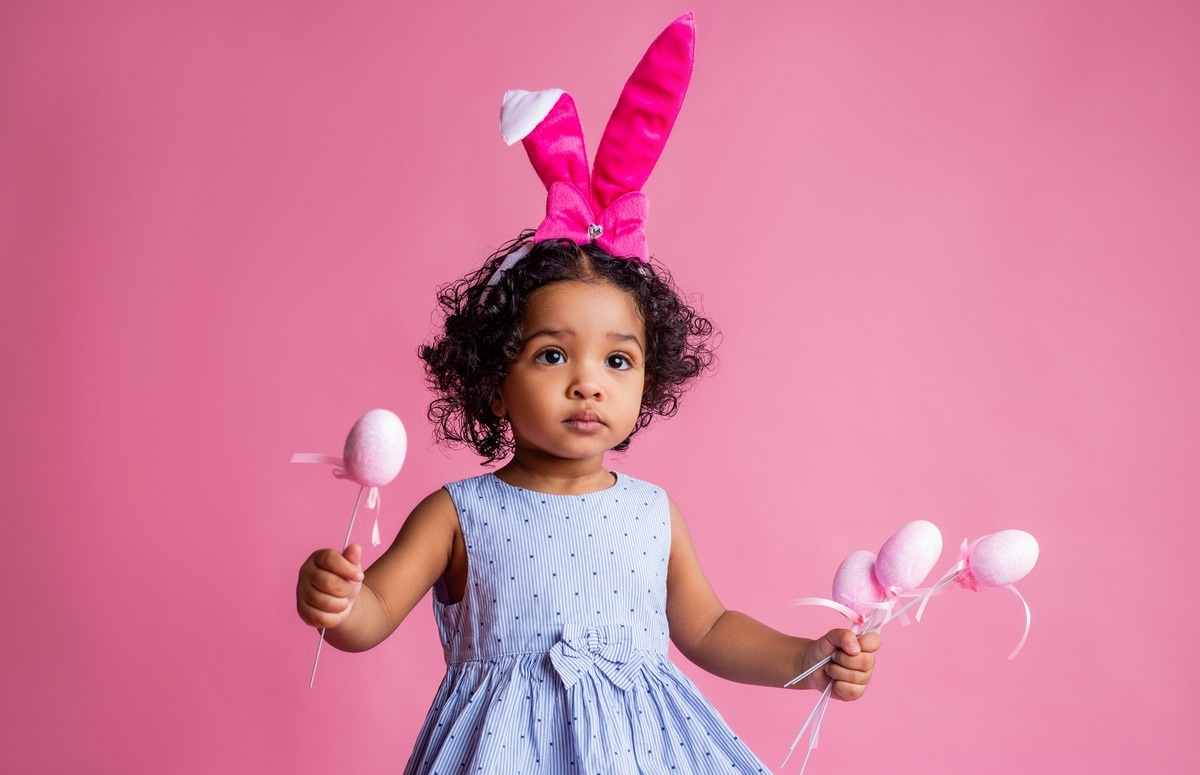
SG Straight Girl
Care for straight hair
Silicone serum
A silicone-based serum containing silicones. The aim of this serum is to protect the ends against water loss, damage, straightening and shine. Silicones are substances that coat hair with a non-permanent protective film, making it shinier, more supple, less frizzy and less tangled. They also protect hair from injury and the damaging effects of atmospheric agents. Silicones are found in many shampoos, masks, conditioners and silicone serums.

Dry shampoo
Powder shampoo that absorbs sweat and sebum to a certain extent, refreshing hair at the roots and on the scalp. Due to its weak cleansing properties, it is only suitable for occasional use.
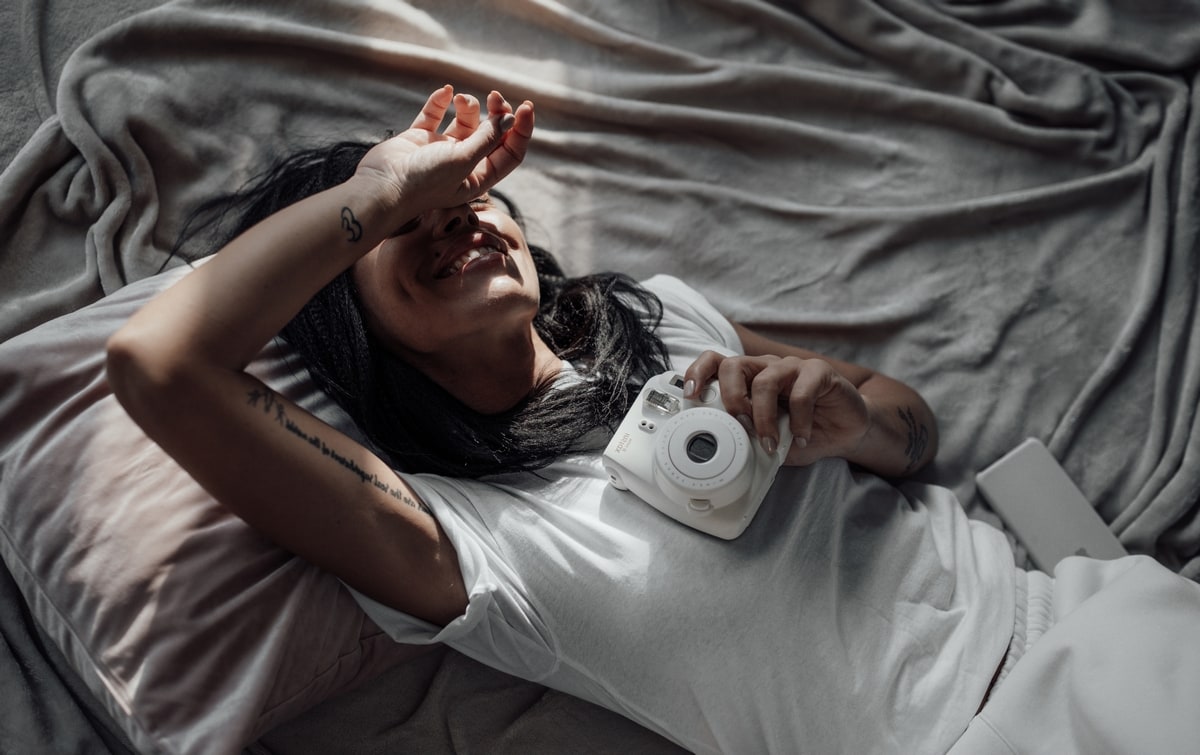
Yeast treatment
A treatment that accelerates hair growth and is based on the daily consumption of a yeast-based drink. The yeast drink is made from baker’s yeast. To start with, it’s best to prepare the drink with a small amount of yeast, e.g. 1/8 cube, and systematically increase the dose as you observe your body, but without exceeding the amount of yeast at the end. In addition to hair growth, the treatment can also cause side effects such as stomach ache or nausea, so it’s a good idea to keep an eye on your body. At the beginning of the treatment, small imperfections may also appear on your face.
Turban
A head covering created by wrapping the head with a towel. The turban’s purpose is to warm the applied mask or absorb excess water that runs off after washing.
“One of my biggest dreams is that my company will be able to change the course of one family’s life, one child at a time by giving back to the community.”


